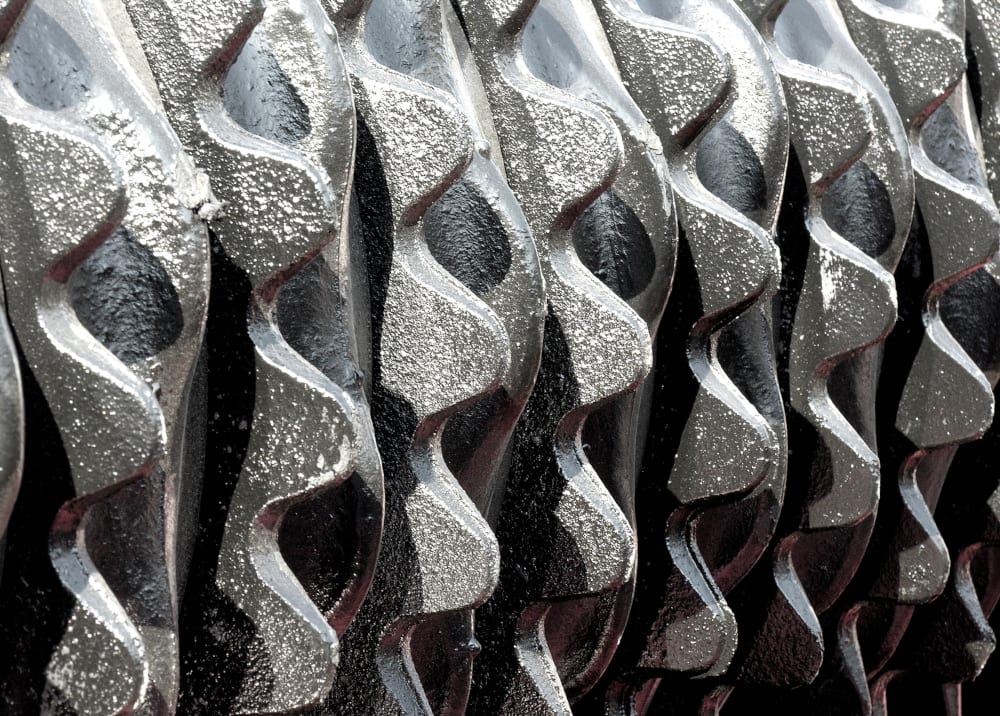China’s Oriza FoFs breaks new ground with allocation to buyouts – LP Profile
Nearly 18 years after launching as an onshore fund-of-funds business, China’s Oriza FoF has formally added a buyout allocation to its latest flagship comingled offering. The strategic tweak reflects not only an increased focus on buyouts in the domestic GP community but also a liquidity crunch in Oriza’s venture capital sweet spot where managers have little control over their path to exit.
“Exits have been constrained. From the broader external environment to the industry’s actual needs to current policy guidance, there is strong support for M&A and buyouts as they are a practical solution for the issues facing early-stage investments,” said Qing Xu, a managing partner at the firm.
“We are also discovering new investment opportunities, business models, and teams. We are sensitive to these developments; whenever something new happens, we want to be among the first to reach out and learn more.”
The new flagship fund, Oriza’s fourth, closed on CNY 9.76bn (USD 1.34bn) early last year. There is a 55% allocation for primary fund commitments, 20% for secondaries, and 25% for direct investments. To date, approximately CNY 6bn has been put to work, mostly in the primary segment.
Oriza has historically focused on small and medium-sized enterprises (SMEs) in the technology sector through exposure to early and growth-stage VC. Portfolio GPs include Qiming Venture Partners, Lilly Asia Ventures, Lyfe Capital, Shunwei Capital, and Joy Capital. In private equity, Hillhouse Investment, Centurium Capital, and Firstred Capital are listed as partners on the firm’s website.
In the past two years, there have been at least two commitments to mid-cap buyout funds. Other opportunities are being considered, and one is nearing completion. Prior to this, Oriza had participated in just one buyout fund in its entire history, and not through the flagship funds.
The buyout allocation is unlikely to exceed 30%-40% in the near term, and the extent to which it features in future vintages depends on market conditions, Xu added.
This means early-stage venture capital remains the core strategy, and Oriza will use it to address healthcare, consumer, and B2B solutions, which includes software and hardware. Artificial intelligence-driven (AI) industry transformation and new energy supply chains are currently top-of-mind themes, alongside the globalisation of Chinese companies.
Oriza has never sought to raise a US dollar-denominate fund, but Xu is open to the possibility, not least to tap into the globalisation theme.
“Renminbi funds and USD funds are increasingly focusing on different verticals, and there are many opportunities arising from the globalisation of China’s supply chains,” she said. “We are very interested in supporting serial Chinese entrepreneurs in their second ventures overseas.”
Fundraising fortunes
Oriza was established in 2006 as China’s first independent onshore fund-of-funds. Its 20-strong investment team – out of about 60 overall – is responsible for CNY 30bn across four flagship funds and one separately managed account (SMA). It claims China’s largest VC fund portfolio, with exposure to 99 GPs, 196 funds, and over 4,000 underlying companies.
China Development Bank (CDB) and Suzhou Industrial Park – which controls Oriza’s parent entity, Oriza Holdings – were the sole LPs in Fund I, which closed on CNY 1bn in 2006. Four years later, the firm raised CNY 3bn for Fund II, with support from CDB, Suzhou Industrial Park, which participated via Oriza Holdings, and Huawei Technologies.
Fund III was notable for the step up in size – it closed on CNY 7.6bn in 2017 – and a broadening of the LP base. Oriza became the first fund-of-funds to secure a commitment from China’s National Council for Social Security Fund (NSSF). Other new investors included Shanghai Pudong Development Bank [SHA:600000], Industrial & Commercial Bank of China [HKG:1398], and Jiangsu Guoxin Corporation.
The SMA, under a mandate from China Merchants Bank (CMB) [HKG:3968], was established in parallel to Fund III. Regulatory restrictions on how financial institutions could market private equity products to third-party investors meant CMB committed only CNY 3.3bn, well short of the CNY 10bn target.
Challenging fundraising conditions continued through Fund IV, which spent three years in the market. Anchor commitments came from Oriza Holdings and several government-linked entities. Soochow Life Insurance, China Insurance Investment, and Lian Life Insurance also participated, with NSSF re-upping right at the end.
Xu observed that many LPs made commitments later than in previous vintages. This was essentially a financial and risk control issue. State-affiliated investors had gone early into other funds only to see the managers fall short of target, which left them overexposed in percentage terms.
“As a result, state-backed investors are asking to be the last in so they can control their risk. This has created a challenging dynamic in the market,” said Xu.
Oriza made another strategic shift last year in securing a corporate venture capital fund-of-funds mandate from Xiamen Free Trade Zone Government. An initial allocation of CNY 1bn – 90% from the government, 10% from third parties – has been made. It is expected to be CNY 10bn in total.
Concerns about potential conflicts of interest and unstable teams had previously caused Oriza to avoid corporate VC. However, corporate money – in one form or another – now accounts for between one-third and half of China’s private equity and venture capital assets under management by Xu’s reckoning. The firm chose to adapt.
“We’ve seen that corporates can offer significant support to SMEs within their industry value chains, such as technology validation, product R&D guidance, internal management support and access to upstream and downstream resources,” said Xu, adding that these relationships can also help secure additional funding from affiliates of the corporates and local governments.
“As the market has chosen the corporate VC model, we should also take a closer look at it.”
Co-invest, secondaries
All the capital in Oriza’s first two funds went into commitments to third-party funds. Direct investment started in 2016-2017, primarily to accelerate distributions. The firm only co-invests alongside top-performing GPs and claims to be cautious in its approach to underwriting.
Past deals include business data provider Qichacha, artificial intelligence specialist SenseTime [HKEX:0020], Leadrive Technologies, an electric power module supplier based in China and Germany, video live-streaming platform Douyu, and vaccine manufacturer Hualan Biology [SZEX:2007].
“Ultimately, we need to maintain excellent relationships with GPs. Direct investment is not our forte, and we can’t simply switch to doing direct investments just because we want to – it requires a different set of skills and expertise for the team,” Xu said.
“It’s unrealistic for an LP to constantly try to extract value from GPs without giving anything back. Therefore, there’s a need for self-capacity building and promoting mutually beneficial interaction.”
The firm took an equally cautious approach to secondaries, restricting itself to small-scale opportunities from 2010 through 2018. Prior to Fund IV, there was no explicit allocation to the strategy, so Oriza quietly participated in about 10 transactions. In 2023, Chun Zeng was hired from Gopher Asset Management to lead secondaries, signalling an intent to scale up.
Despite being offered assets at deep discounts, Xu is sceptical as to what constitutes fair value, given most of these investments were made when the market was at its peak. Volatility in public markets has also impacted deal flow. Oriza saw two transactions – both at a relatively advanced stage of negotiation – fall through in response to the rally last September.
“Additionally, with the reduction in start-up funding over the past two years and the current constraints on exits, liquidity has dried up. How will these companies ultimately fare? it’s hard to say,” Xu observed.
Nevertheless, there is an expectation that the pace of deployment will pick up in 2025, largely because Oriza has switched focus from LP-led to GP-led secondaries. There are two reasons for this. First, the firm can alleviate some of the market uncertainty because there is more control over asset selection in continuation vehicles.
Second, taxation issues overshadow LP-led secondaries – to the point that some deals would have been loss-making after tax. This is not the case in the GP-led space.
“We still don’t know how the tax authorities will handle these unresolved taxation issues. There are significant risks involved. If possible, we prefer assets with clearer valuations and more predictable outcomes,” said Xu. “That’s why right now we’re more inclined to focus on continuation vehicles.”











